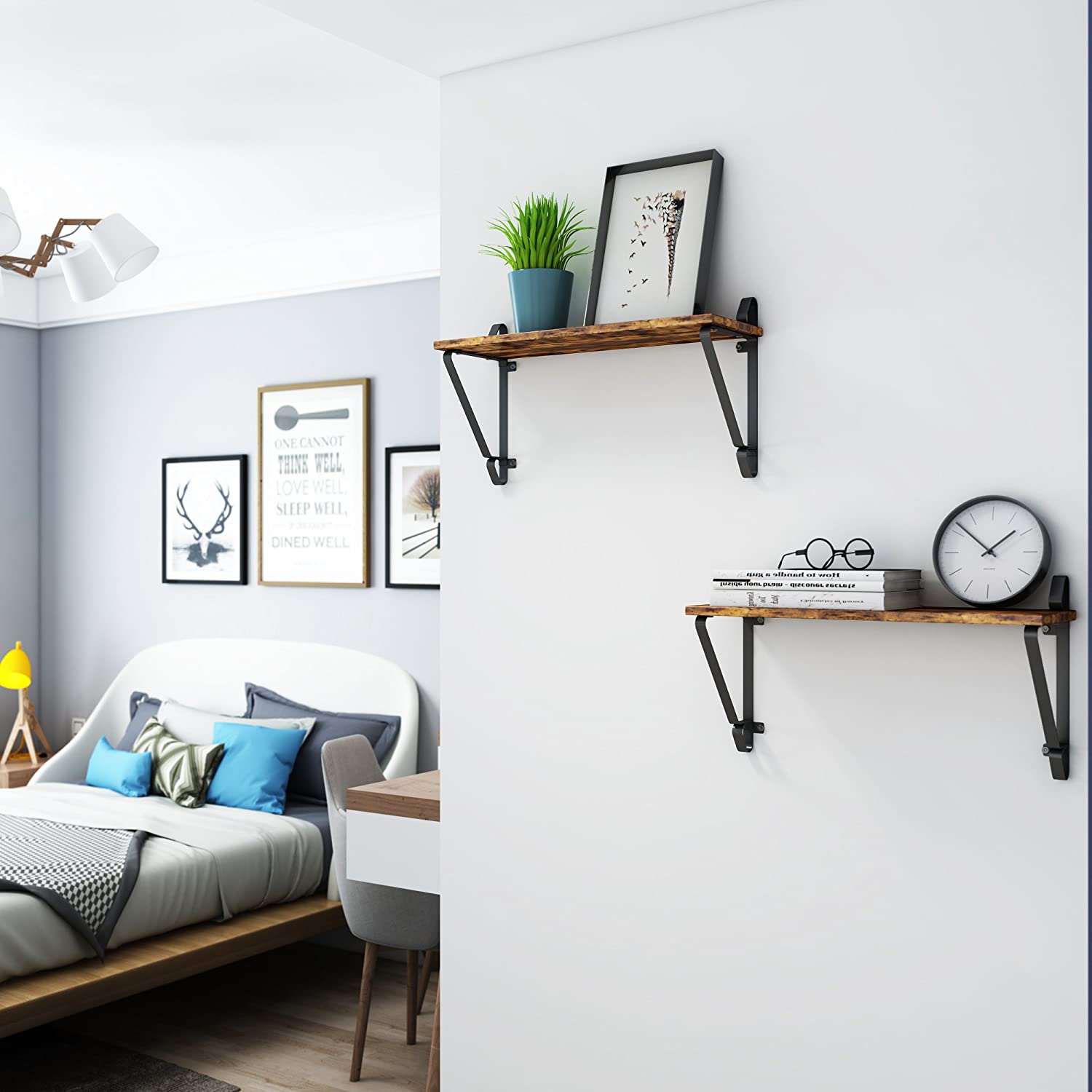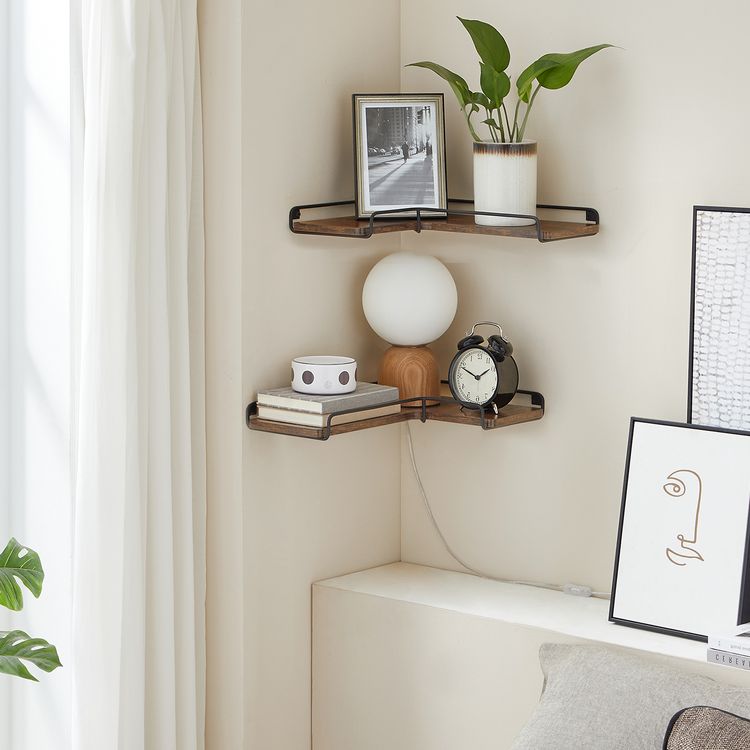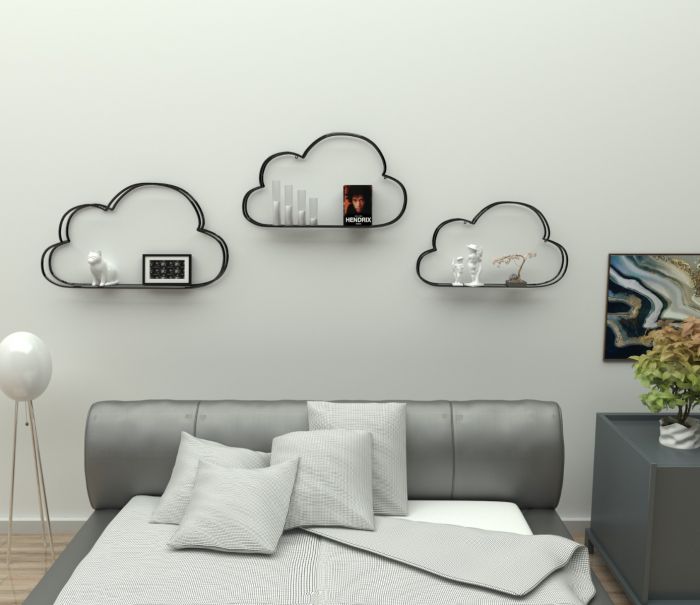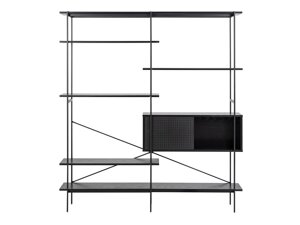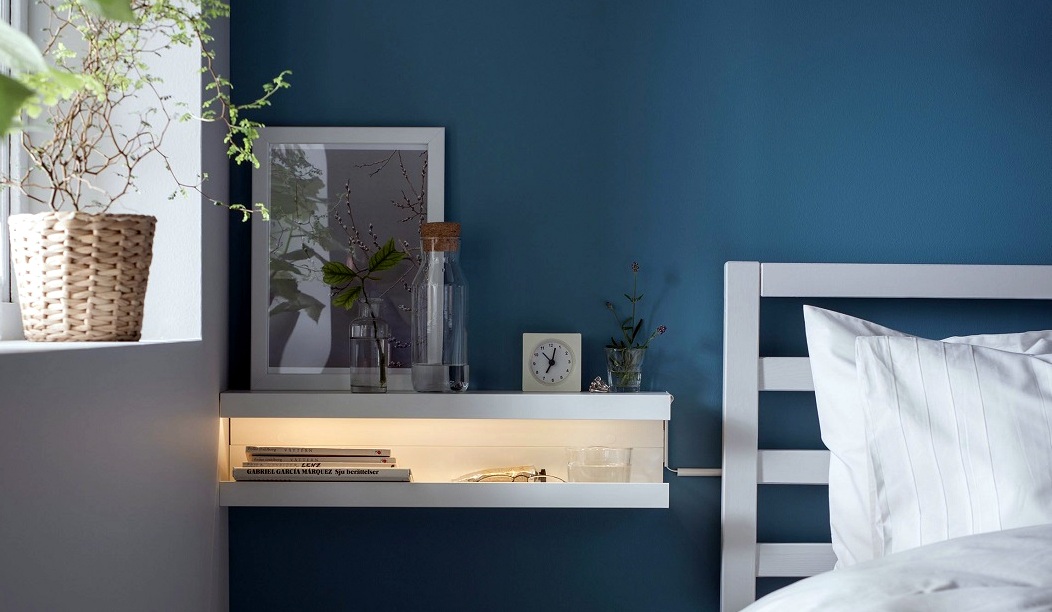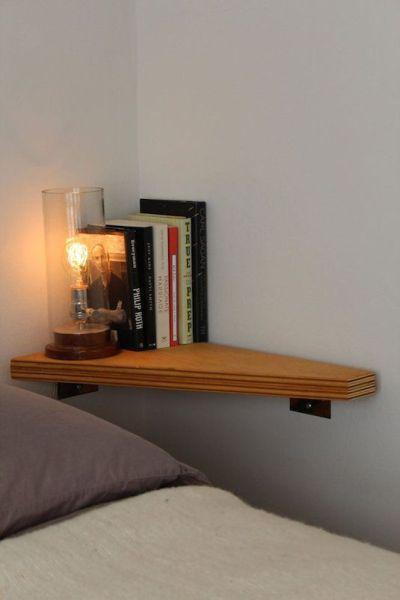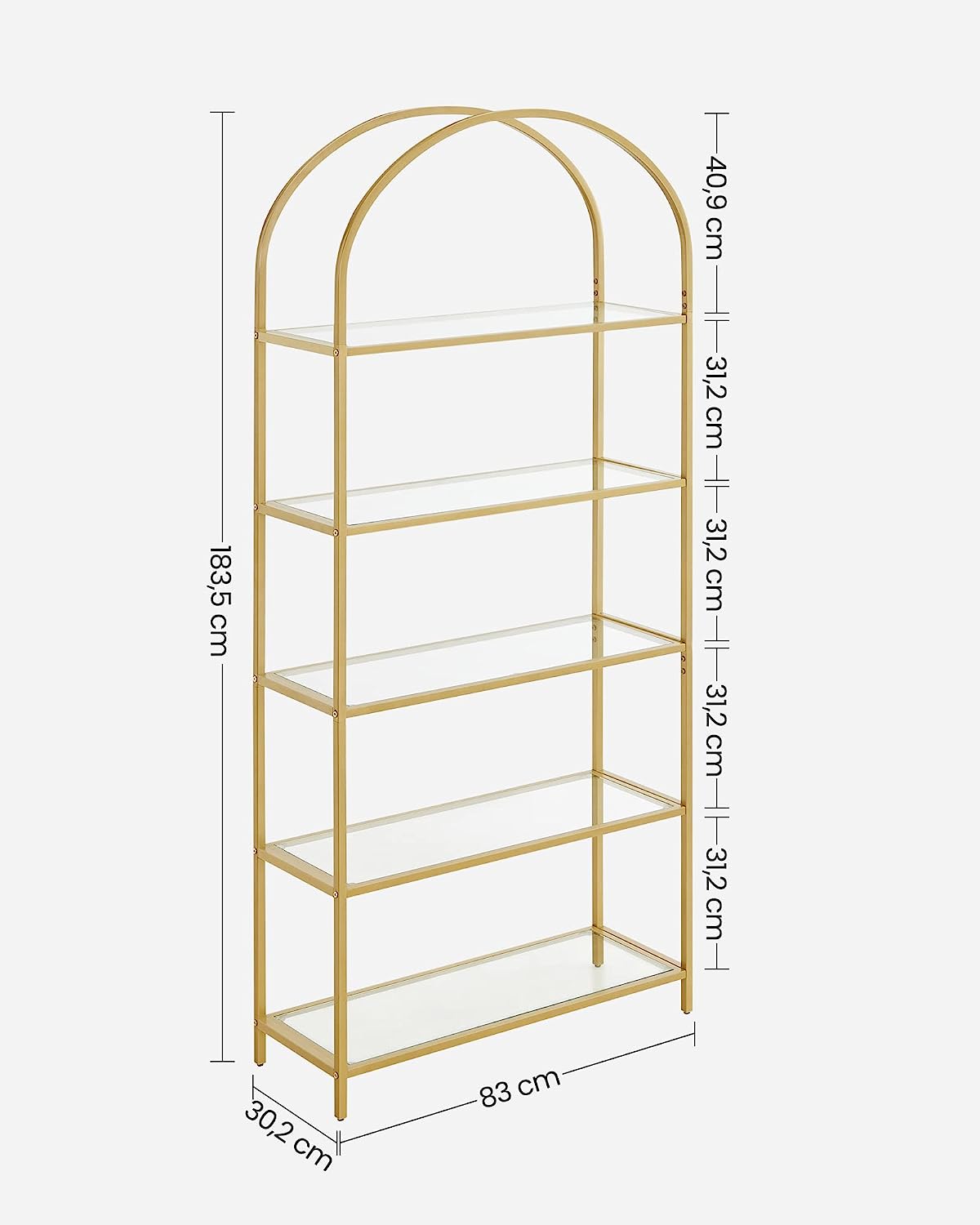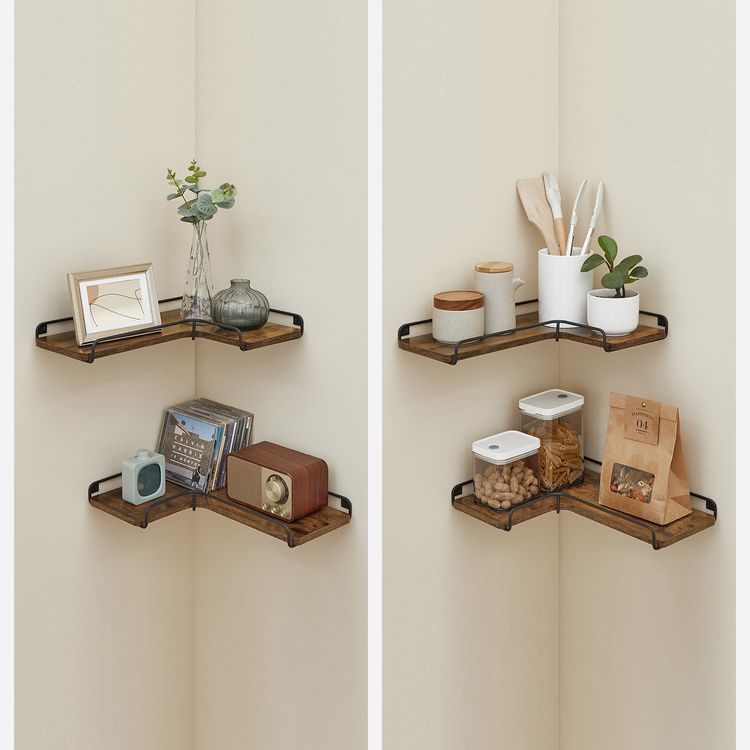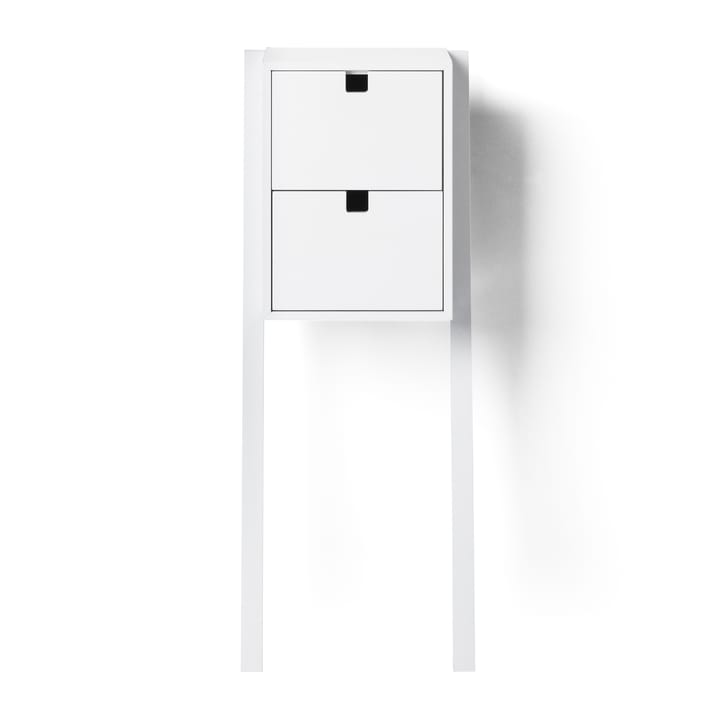
Το «έξυπνο» ράφι από τα ΙΚΕΑ που θα βάλει σε τάξη το μικρό υπνοδωμάτιο -Κομψό και οικονομικό - iefimerida.gr

Κυμαινόμενα τριγωνικά ράφια Ξύλινη βάση Boho Διακόσμηση σπιτιού Γωνιακό ράφι Σαλόνι Υπνοδωμάτιο κρεβατοκάμαρα Διακοσμητικό ράφι επίδειξης - Badu.gr

Γων. Ραφιέρες Τοίχου 2 τεμ. Γυαλ. Λευκό 40x40x50εκ. Μοριοσανίδα,Ράφια Τοίχου,Ράφια,Εξίσου όμορφο και λειτουργικό, αυτό το κομψό γωνιακό ράφι τοίχου είναι κατάλληλο για το σαλόνι, το υπνοδωμάτιο ή την κουζίνα σας

Σκούρο Υπνοδωμάτιο Εσωτερικό Κρεβάτι Και Ράφι Διακόσμηση Πουφ Καρέκλα Μαύρο — Φωτογραφία Αρχείου © denisismagilov #633059626
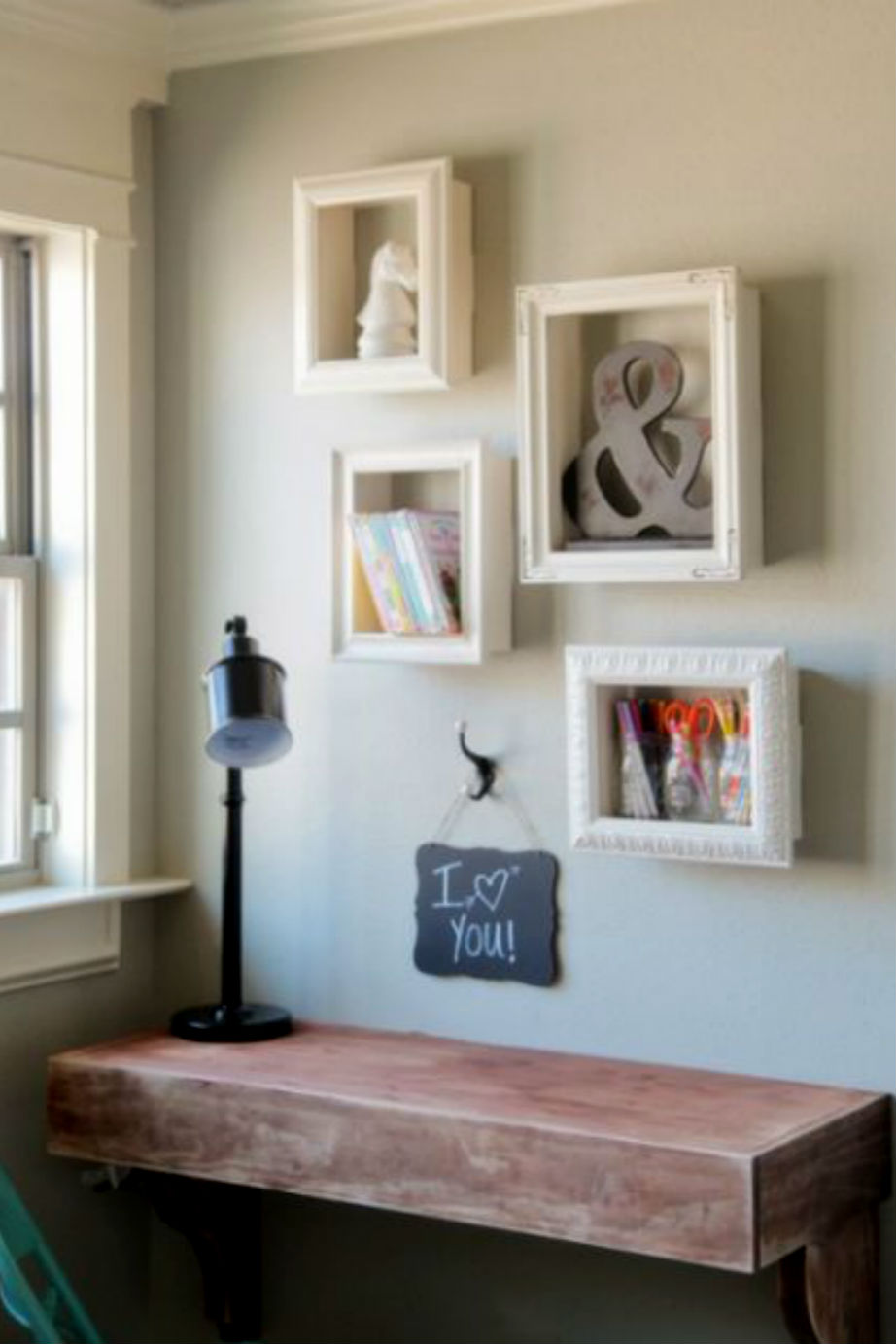
Υπνοδωμάτιο: Οι 8 Ιδέες Οργάνωσης που Αξίζει να Δοκιμάσετε! - spirossoulis.com - the home issuespirossoulis.com – the home issue

Κομψό Υπνοδωμάτιο Εσωτερικό Κρεβάτι Και Κομοδίνο Ράφι Και Διακόσμηση Φυτό — Φωτογραφία Αρχείου © denisismagilov #630268090
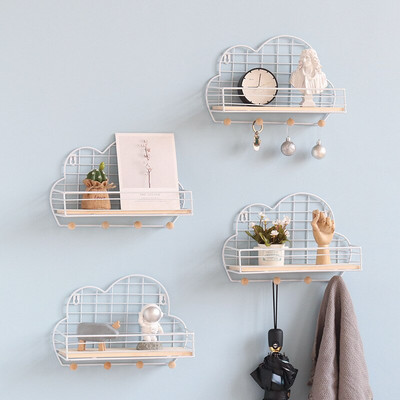
Σύννεφα Ξύλινο ράφι τοίχου Διακόσμηση σαλονιού Σιδερένιο Τοίχο Μπρελόκ Διακόσμηση σπιτιού Μοντέρνα οικονόμος σε ράφια τοίχου Υπνοδωμάτιο Hot - Badu.gr

Τοποθετημένο Τοίχο Ξύλινο Ράφι Για Υπνοδωμάτιο Paror, υψηλής ποιότητας Τοποθετημένο Τοίχο Ξύλινο Ράφι Για Υπνοδωμάτιο Paror στο bossgoo.com

Διπλή στρώση Macrame Κρεμαστά ράφια Πλωτό ράφι για φυτά Boho Home Decor Ξύλινα ράφια τοίχου για υπνοδωμάτιο, σαλόνι - Badu.gr
